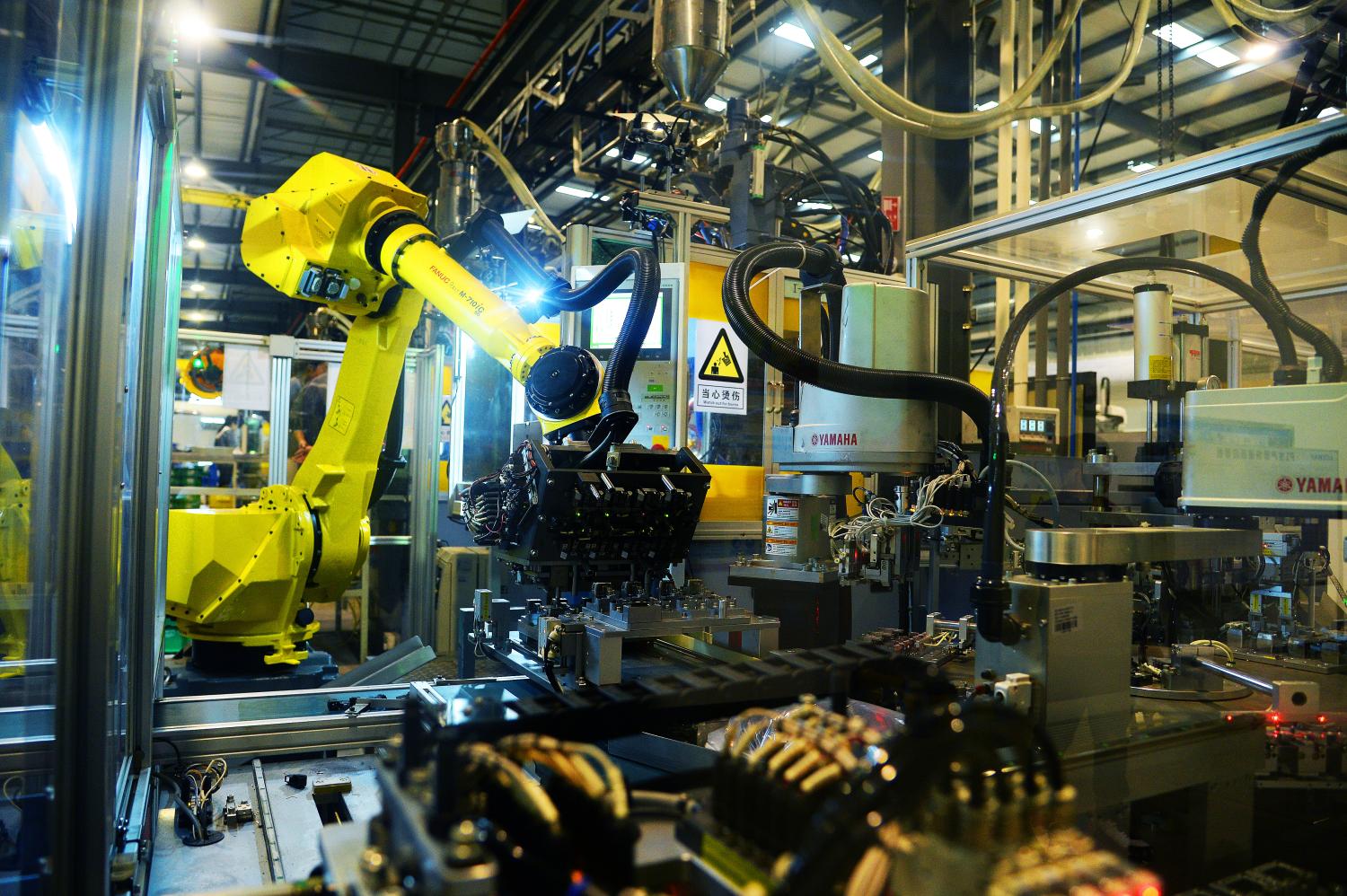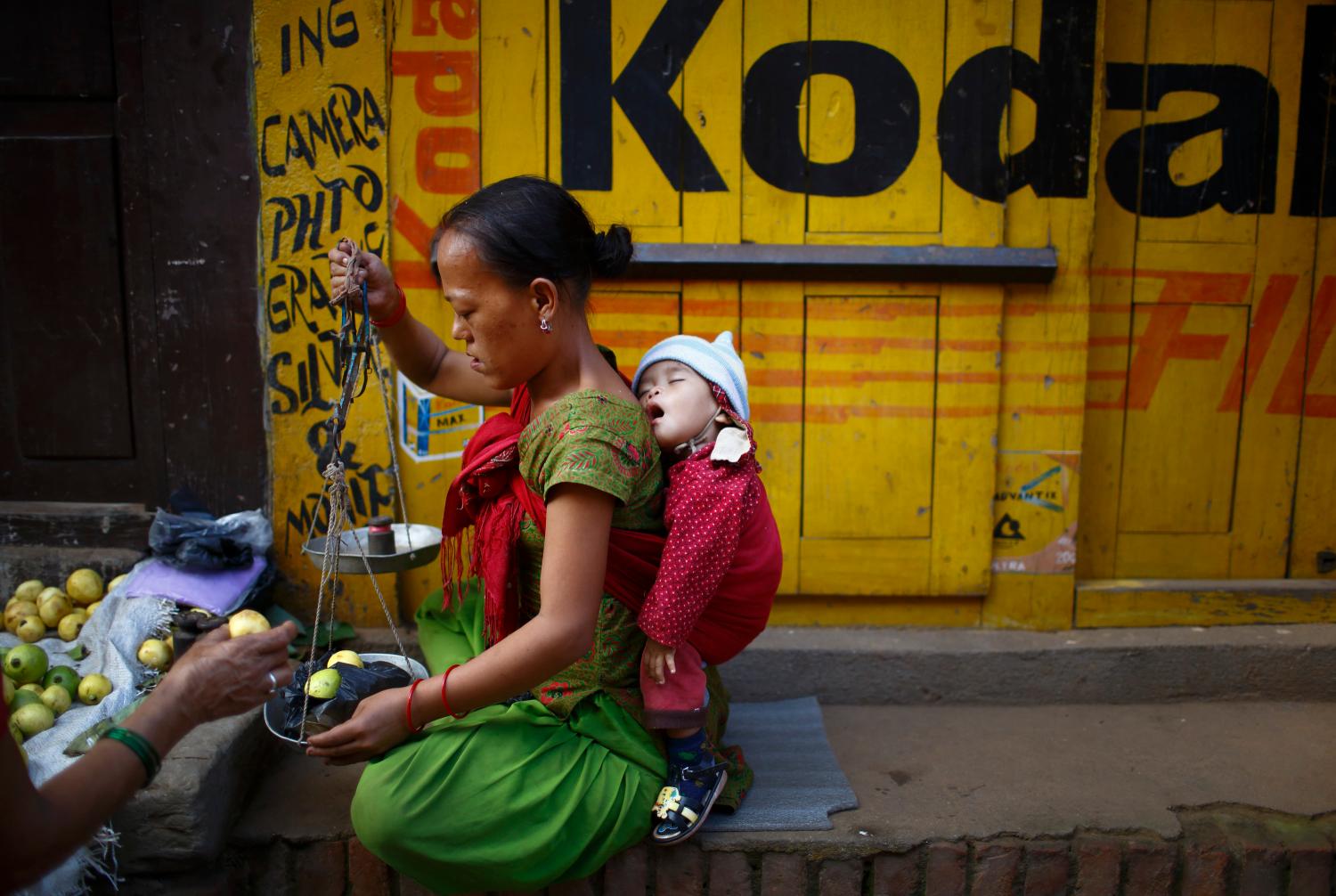April 2020 was another month in which Brookings experts produced a wealth of research and analysis about addressing the COVID-19 crisis, both in the U.S. and globally. But research on other topics continues. Below is a selection of new research across a range of topics.
1. The Federal Reserve’s response to the COVID-19 crisis

“The Federal Reserve has stepped in with a broad array of actions to limit the economic damage from the pandemic,” write Jeffrey Chang, Dave Skidmore, and David Wessel, “including up to $2.3 trillion in lending to support households, employers, financial markets, and state and local governments.” In this piece, the authors describe a host of policy tools the Fed is deploying to ensure credit flows and to “limit the permanent damage to the economy so that when the pandemic recedes, the economy can grow again, and supply goods and services to meet demand.”
2. China’s growing global technological reach

Tarun Chhabra, Rush Doshi, Ryan Hass, and Emilie Kimball write that “China has eclipsed, or is on the verge of eclipsing, the United States—particularly in the rapid deployment of certain technologies.” As the economies and influence of both China and the United States continue to rise, so “have many of its technological ambitions and achievements.” Their piece introduces a new set of papers from the Global China Initiative at Brookings that focus on China’s growing technological reach
3. Why we need reparations for Black Americans
 Rashawn Ray and Andre Perry argue that “if we want to close the racial wealth gap and live up to our moral creed to protect ‘life, liberty and the pursuit of happiness,’ a reparations package for Black Americans is in order.” The authors conclude “that it is time to pay reparations to the descendants of enslaved Blacks.” This paper is part of the Policy 2020 “Big Ideas” series.
Rashawn Ray and Andre Perry argue that “if we want to close the racial wealth gap and live up to our moral creed to protect ‘life, liberty and the pursuit of happiness,’ a reparations package for Black Americans is in order.” The authors conclude “that it is time to pay reparations to the descendants of enslaved Blacks.” This paper is part of the Policy 2020 “Big Ideas” series.
4. How to give COVID-19’s essential workers hazard pay

Molly Kinder observes how “COVID-19 has laid bare the enormous gap between the value that frontline workers … bring to society and the low wages.” Kinder argues that it is an “outrage that so many workers are risking their lives while being denied the dignity of a family-sustaining wage.” Kinder argues that such workers deserve an income boost and a living wage with benefits.
5. The cost of school closures from COVID-19

192 countries worldwide have closed schools, affecting 90 percent of the world’s learners, according to UNESCO. George Psacharopoulos, Harry Patrinos, Victoria Collis, and Emiliana Vegas write that “When children lose out on education, they lose out on future opportunities including economic benefits, such as additional earnings, with far-reaching consequences,” but that these losses will not be evenly distributed. In this paper, the authors begin to estimate future earnings losses for students and their economies due to school closures.
6. COVID-19 and military readiness: Preparing for the long game

Federal Executive Fellows and U.S. military officers Thomas Burke, Chesley Dycus, Eric Reid, and Jessica Worst, and Senior Fellow Michael O’Hanlon, explain how “to date, it is reasonable to say that the U.S. military has not been severely affected by the novel coronavirus.” The availability of coronavirus testing may increase over time in which readiness concerns may intensify, they note. The authors conclude that military culture adapting “to adverse conditions, bodes well for the future U.S. military readiness.”
7. healthy skepticism WARRANTED ON AI and coronavirus

Can artificial intelligence (AI) help combat the spread of coronavirus? Alex Engler encourages a healthy skepticism, writing that “Like many tools, AI has a role to play, but its effect on the outbreak is probably small. While this may change in the future, technologies like data reporting, telemedicine, and conventional diagnostic tools are currently far more impactful than AI.”
8. Who lives where coronavirus is hitting hardest?

Demographer William Frey observes that “U.S. urban cores, racial minorities (especially Black Americans), and those who cast votes for Hillary Clinton in 2016 disproportionately comprise counties where COVID-19 cases are currently clustered—a stark contrast to areas where there is a low level of coronavirus exposure.”
9. Integrating gender into economic constraints analyses

Measures of gender inequality have improved over the last 50 years, but as Ana Revenga and Meagan Dooley observe, “despite this progress, some elements of gender inequality remain incredibly sticky, resistant to change,” including access to economic opportunity. These researchers argue that gender analysis must be integrated into the diagnostic and prioritization tools used by governments and development organizations. “Sometimes,” they note, “applying such a lens will suggest that gender inequality itself is a major constraint to economic development, while at other times, gender may emerge as an important but not first-order priority issue.”
10. Telecommuting will likely continue long after the pandemic

Katherine Guyot and Isabel Sawhill note that about half of all American workers are now working from home in response to the coronavirus pandemic, a doubling from just a couple of years ago. A majority of these workers are higher-paid as well. Guyot and Sawhill add that “the pandemic is forcing these investments in industries where telework is possible, with more people learning how to use remote technology. As a result, we may see a more permanent shift toward telecommuting.”

Commentary
10 things we learned at Brookings in April
April 30, 2020